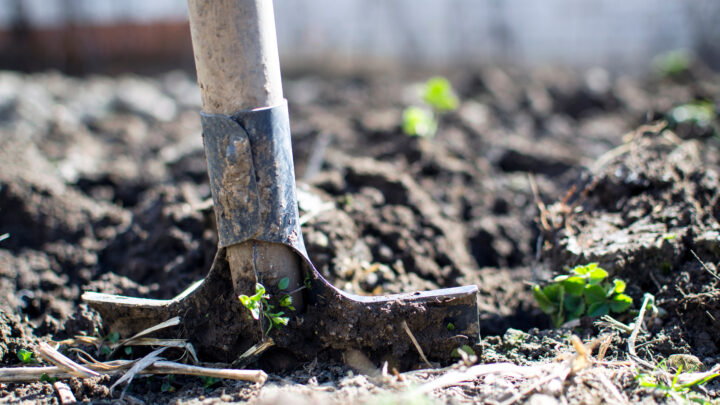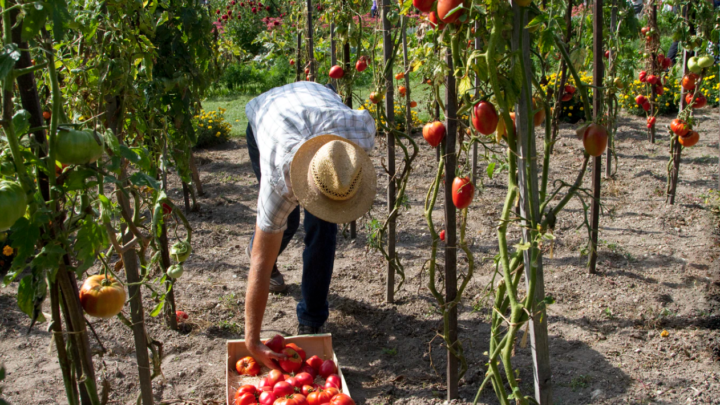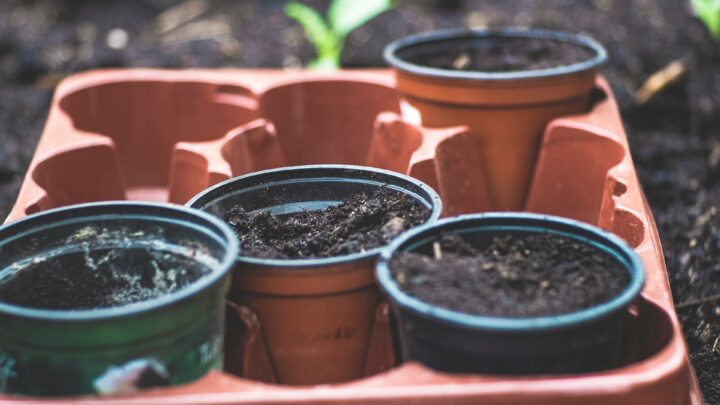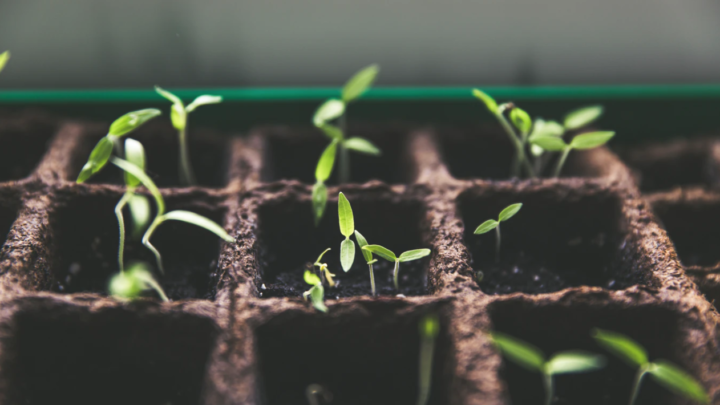How To Save Tomato Seeds

Tomatoes are one of the favorite garden crops; grown by countless people all around the world. People starting out will probably buy a packet of tomato seeds from the local supermarket or garden center. Those people who routinely grow tomatoes though are more likely to need to know how to save tomato seeds.
Using one’s own seeds has a couple of advantages. Firstly there is the cost-saving, as there is no need to purchase seeds for growing tomatoes.
Additionally, though it is possible that tomatoes being grown are not available in seed form from the supermarket.
Stores tend to only stock seeds for the most common tomato varieties, and yet the ones being grown in a particular garden might be rare because of cross-pollination.
By keeping seeds from a particular tomato it is possible to grow the same tomatoes year after year.
This though does mean it is necessary to know how to collect and save tomato seeds.

How To Save Tomato Seeds – Fermentation Process
The main method for doing this is referred to as the fermentation process.
- The first thing to do is to get a couple of ripe, healthy and undamaged tomatoes off of a healthy vine.
- Cut the tomatoes in half.
- Then, with the use of a spoon, scoop the tomato seeds and the gelatinous substance that surrounds them into a clean, glass jar.
- Fill a glass jar halfway with water, and then give the mixture a quick stir.
- Place the jar in a warm place.
- As the mixture starts to warm up a fermentation process starts to take place. This fermentation process effectively cleans the seeds of the glutinous substance around them.
- Over time a scummy service will start to appear on top of the water, and it is likely that the mixture will start to smell. The amount of time that the jar should be left in the warm is debatable.
- Traditionally the fermentation has been left to its own devices for four or five days, but some people do allow only one day for the process to work.
- Once the fermentation process has been allowed to work, the scummy surface should be removed from the water. It is likely that any bad seeds will also be mixed in with the scum, as goods seeds will still be at the bottom of the water.
- With the scum removed, the seeds need to be thoroughly rinsed. Most commonly this is done with running water and the use of a kitchen sieve.
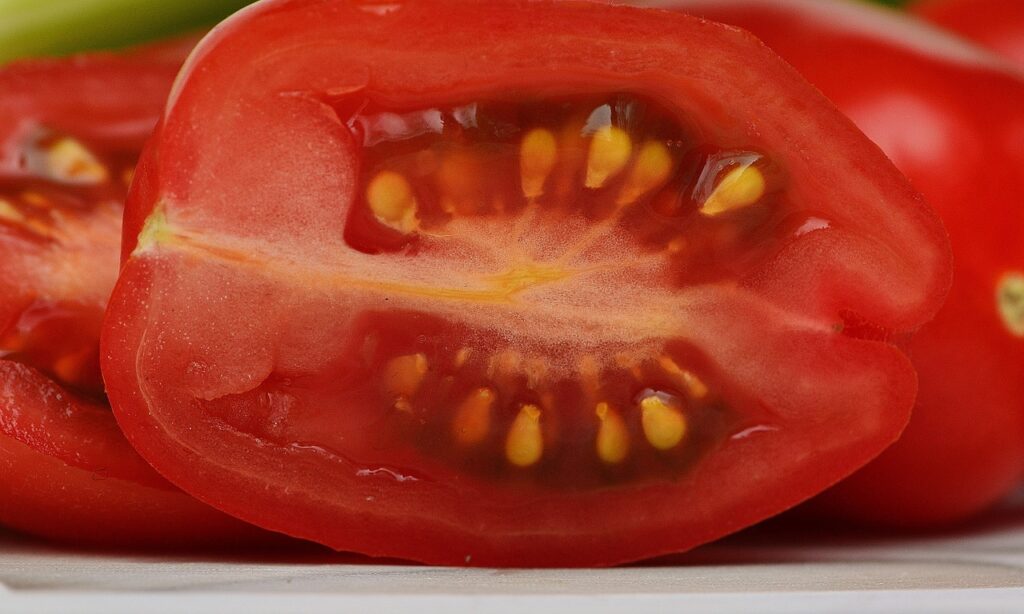
Drying Tomato Seeds
With the tomato seeds thoroughly clean, it is then necessary to start drying them out.
To this end the seeds, once separated, can be left on wax paper, paper plates, or any other surface where the drying process can occur.
Drying normally takes anywhere from between five and ten days, depending on the conditions that the seeds are being dried in.
It will though become obvious when the seeds are dry, as they will take on a papery appearance, and will no longer try and stick together.
Storing Tomato Seeds
Once all the tomato seeds are dried the seeds can then be put in a paper envelope, sealing it for storage.
These envelopes can then be placed in a cool, dry and dark place, and the seeds inside will be viable for planting for anywhere from four to eight years.
You can also use this genius method of storing seeds.
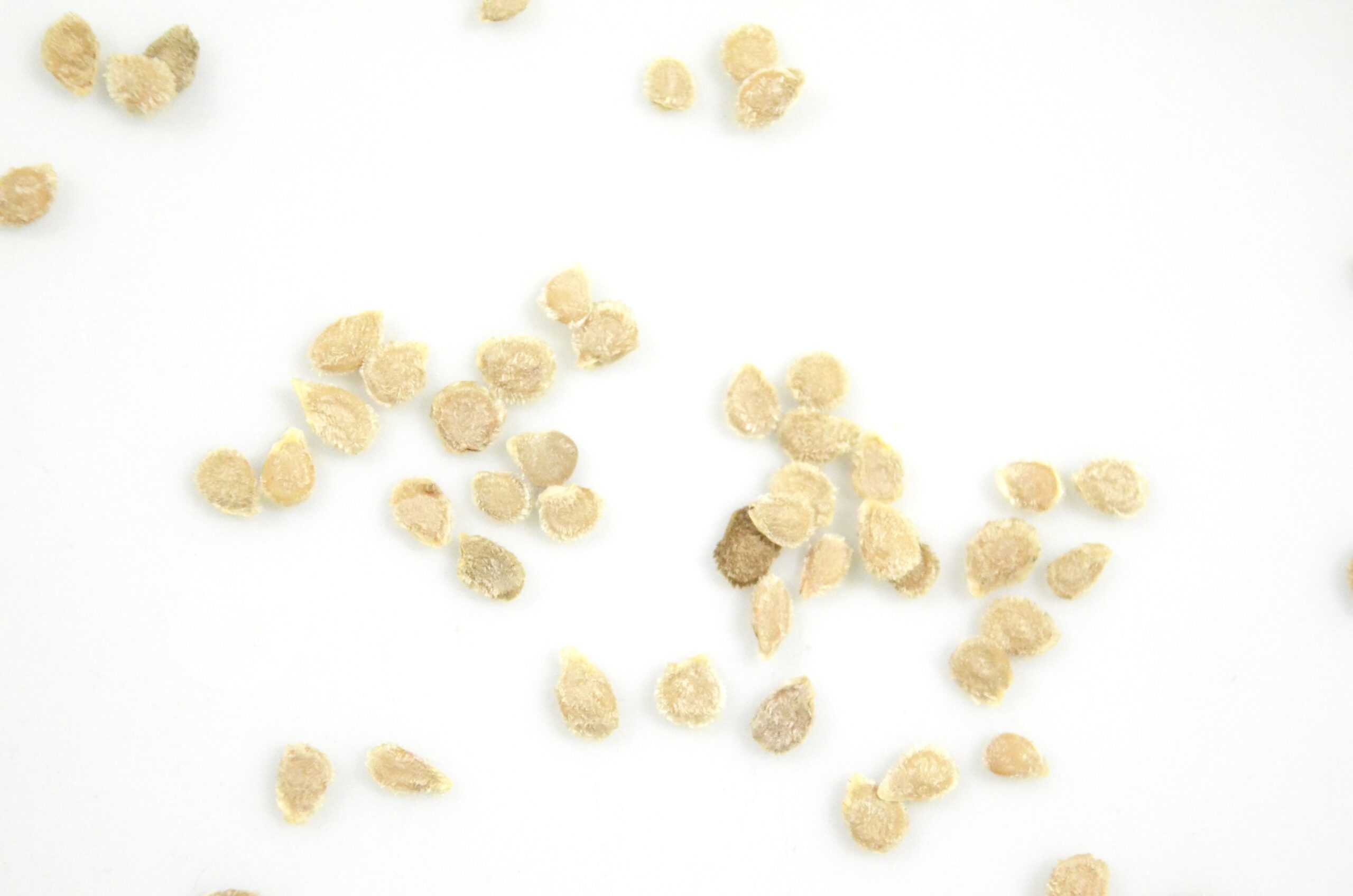
How To Save Tomato Seeds – Non-Fermentation
Some people like to collect and save tomato seeds without going through the fermentation process.
To this end, the seeds once removed from the inside of the tomato are simply picked out of the gelatinous substance, laid upon a paper towel, and left to dry out by themselves.
The seeds are then stored in the same way.
Whilst this method can be a successful way of collecting and saving tomato seeds, normally the seeds are only viable for the following growing season.
If done correctly though the collecting and saving of tomato seeds can ensure tasty crops are grown year after year.
How To Garden Tomatoes
Pin How To Save Tomato Seeds
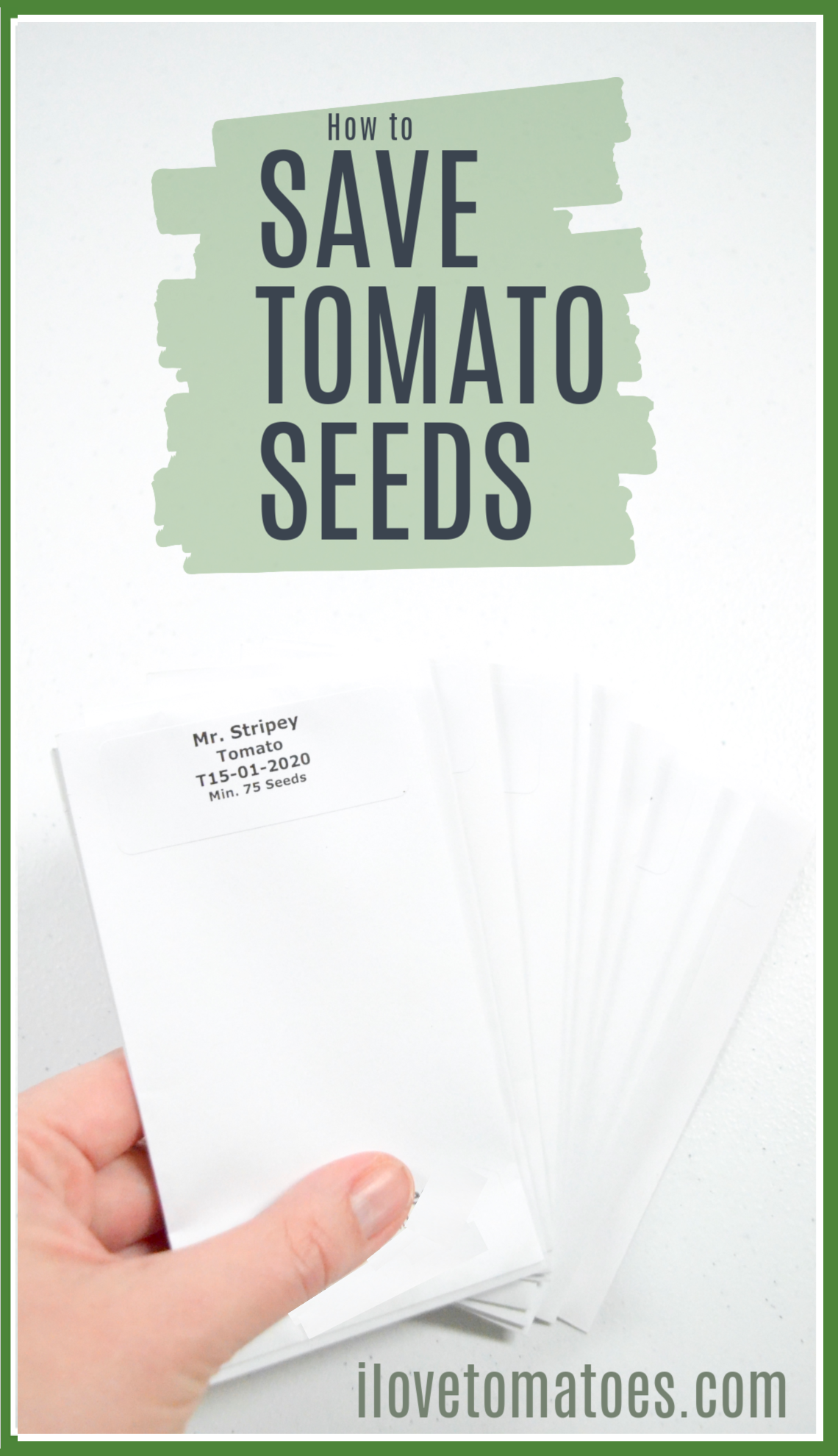 |
 |

